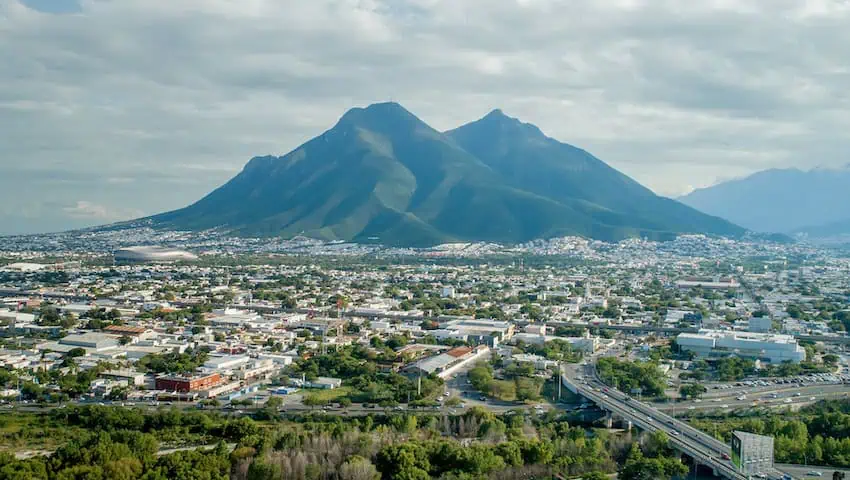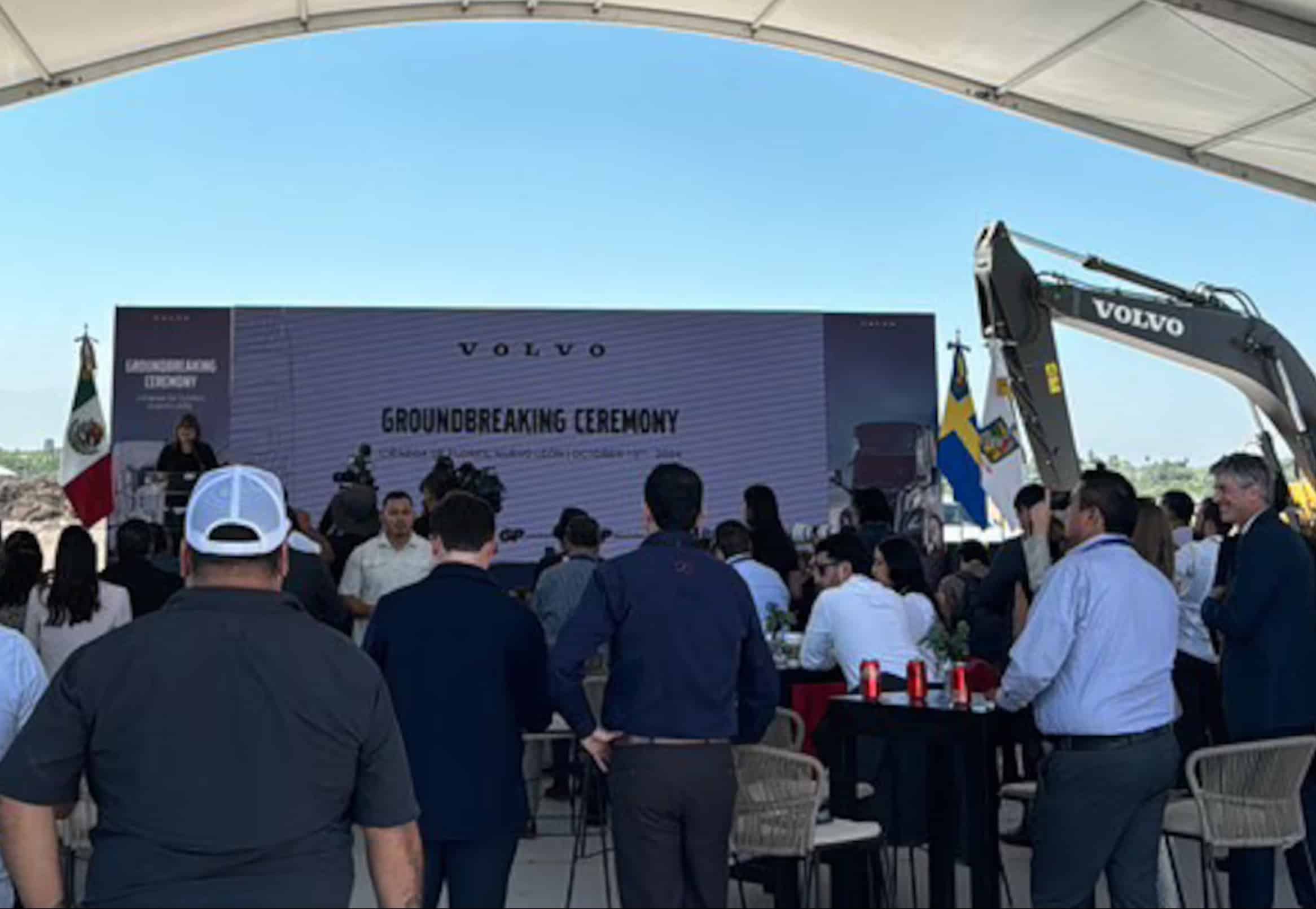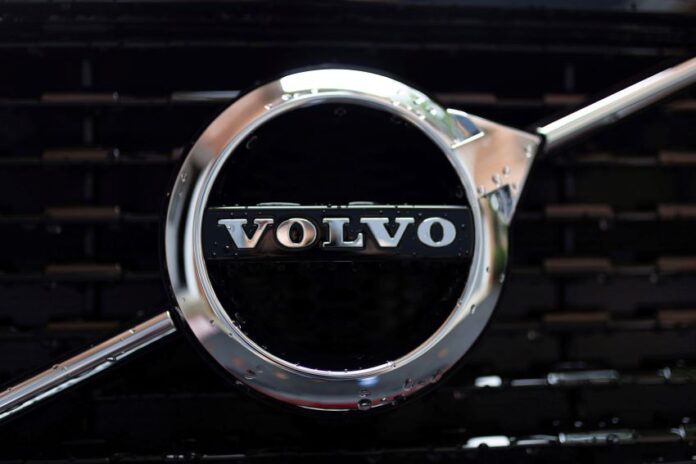Swedish car manufacturer Volvo recently confirmed it is going forward with its planned $700-million heavy-truck factory in the northern industrial city of Monterrey, Nuevo León, despite tariff threats from U.S. President-elect Donald Trump.
On Wednesday at the Consumer Electronics Show in Las Vegas, Volvo CEO Martin Lundstedt told Reuters that the Mexico project is at an “early stage that is continuing.” The plant is expected to start operations in 2026, Reuters reported.

Trump has said that one of his first tasks after being sworn in on Jan. 20 will be to implement a 25% tariff on imports from Mexico and Canada unless illegal immigration and fentanyl trafficking are tamped down.
Depending on what happens with the tariffs, Volvo’s planned Mexico factory may or may not send trucks to the United States, Lundstedt said. Volvo has options to use the plant for sales outside the United States, he added. “This is not a replacement of our American facilities,” he said.
Volvo’s U.S. factories currently make 100% of the trucks it sells in that country, according to Reuters. The company has been investing in plants in Virginia, Maryland and Pennsylvania to expand that capacity, Lundstedt said.
The Mexico plant — originally announced last April — will supplement Volvo’s U.S. production and provide additional capacity to support the growth plans of both Volvo and Mack semi-trucks in the U.S. and Canadian markets, and Mack truck sales in Mexico and Latin America.

Volvo is one of four manufacturers that supply nearly all of the heavy-duty trucks in Latin America, Erik Smith, a director in the automotive and industrial practice at AlixPartners, told Reuters.
Of those four, Volvo is the only one without a footprint in Mexico, Smith said, “which is likely why they are looking at establishing one.”
The Mexico plant will focus on production of heavy-duty conventional vehicles for the Volvo and Mack brands. It will be a complete conventional vehicle assembly facility including cab body-in-white production and paint.
The factory — located in Ciénega de Flores, just outside the state capital of Monterrey — is expected to be Volvo’s largest facility.
Construction of the plant, which is expected to open early next year, began in mid-October. Nuevo León Governor Samuel García said then that the US $700-million investment was the largest in the state in 2024.
Volvo explained its reasons for selecting Monterrey as the site for its factory in an August 2024 press release to announce the investment. “Monterrey provides significant logistical efficiencies for supporting sales to the southwestern and western regions of the U.S., and to Mexico and Latin America. With its proximity to the U.S. border and well-developed infrastructure, the Group considers Monterrey an ideal location for building a mature supply and production ecosystem.”
With reports from Reuters and El Economista
